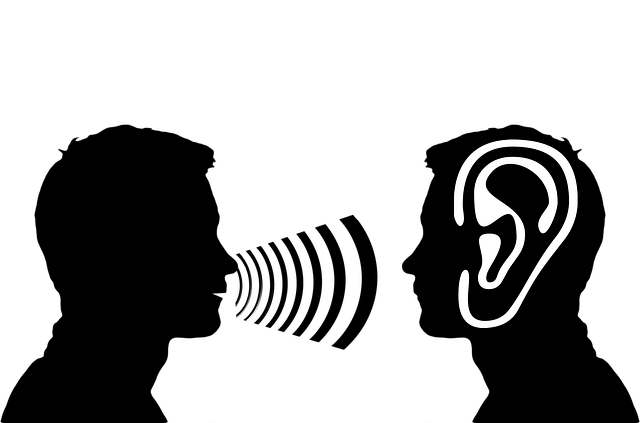
Contents
What is Microphthalmia?
Microphthalmia is an inherited disorder that is associated with certain birth defects. In individuals with this condition, one or both of the eyes is unusually small or incompletely developed. This means that in some cases, the eyeball or cornea may be missing.
Most cases of microphthalmia occur in isolation with no other underlying medical condition. However, some cases may be associated with other vision problems or in rare cases, physical deformity or mental retardation.
Symptoms and Signs of Microphthalmia
Common signs of microphthalmia include:
- Smaller than normal eyes.
- Incomplete or missing lenses.
- White, cloudy, or otherwise abnormally shaped eyes.
- Absence of eyelids.
- Incomplete formation of the eyeballs.
In some instances, individuals with microphthalmia may experience decreased night vision, light sensitivity, decreased side vision, or poor depth perception.
Causes of Microphthalmia
In most cases, microphthalmia is caused by a genetic mutation or a defect in the genes that are responsible for eye formation. Microphthalmia can also be caused by a lack of specific hormones during the early development of the eyes. It can also occur due to viral infections, certain medications, or other environmental factors.
Treatment for Microphthalmia
Medical Treatments
Medical treatments for microphthalmia vary depending on the severity of the condition. Treatments may include:
- Corneal transplants – Corneal transplants are often used to restore vision in individuals with microphthalmia.
- Lens transplants – If the eye lacks a lens, a new lens can be implanted to improve vision.
- Eyelid repair – Eyelid repairs can help protect the eyes from infection and reduce the risk of further vision impairment.
- Glasses – In some instances, glasses may be prescribed to improve vision.
- Surgery – In some cases, surgery may be necessary to correct certain structural abnormalities associated with microphthalmia.
- Orthoptics – Orthoptics is a type of therapy designed to strengthen the muscles that control the eyes and improve vision.
Medical Care
Regular visits to the optometrist is essential for individuals with microphthalmia. Early detection and diagnosis is key to preventing any long-term vision problems. Regular visits to the doctor are also important to monitor any changes in vision or other medical issues associated with the condition.
and Health
Microphthalmia is an inherited disorder that can cause serious vision problems. While there is no cure, there are treatments and therapies available to manage the condition and reduce the risk of vision loss. It is important to seek regular care from an optometrist and your doctor to ensure the best outcome.
With proper diagnosis and treatment, individuals with microphthalmia can lead healthy and productive lives.
